The King of the Jungle holds a place of majesty and awe in our imaginations.
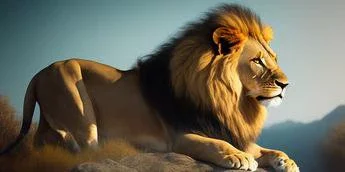
Lions have long been revered as majestic symbols of strength and bravery, but there's much more to these fascinating creatures than meets the eye.
These magnificent beasts are not only symbols of strength and courage but also fascinating creatures with a plethora of intriguing aspects that many of us are unaware of. Ready to have your mind blown? Here are the top 10 facts about lions that are sure to amaze you:
Despite the moniker "King of the Jungle," lions predominantly live in grasslands, savannas, and open woodlands. The term likely arose from a translation error or a general lack of understanding of their natural habitat.
A lion's roar is not just fearsome; it's also incredibly loud. It can reach up to 114 decibels and be heard from as far as 8 kilometres (5 miles) away. Lions use their roar to communicate, marking their territory and signalling their presence to other prides.
Lions are among the laziest of the big cats. They can sleep and rest for about 20 hours a day, conserving energy for their hunting activities during the cooler, nighttime hours.
Despite their laid-back lifestyle, when it's time to hunt, lions can be incredibly fast. They can reach speeds of up to 50 miles per hour (80 kilometers per hour) in short bursts, which helps them catch their prey.
A male lion's mane indicates the lion's health status, age, and testosterone production. Darker, fuller manes signify a healthier lion, which is more attractive to females and can be intimidating to rival males.
In lion prides, the females are the primary hunters. They work together in a highly organised way to surround and take down prey, which can include large animals such as zebras, wildebeests, and even giraffes.
Unlike their solitary feline cousins, lions are incredibly social animals. They live in groups called prides, which can consist of up to 30 members. These prides are matriarchal, meaning they're led by the females who are responsible for hunting and caring for the pride's cubs.
Every lion has a unique pattern of whisker spots, much like a human fingerprint. Researchers often use these patterns to identify individual lions in the wild.
Lion cubs are born with dark spots on their fur, which help camouflage them in the wild. These spots fade as the lion grows older, although some lions retain faint spots into adulthood.
Tragically, lions are listed as vulnerable on the IUCN Red List of Threatened Species. Their populations have declined by approximately 43% over the last two decades, primarily due to habitat loss, human-wildlife conflict, and poaching.


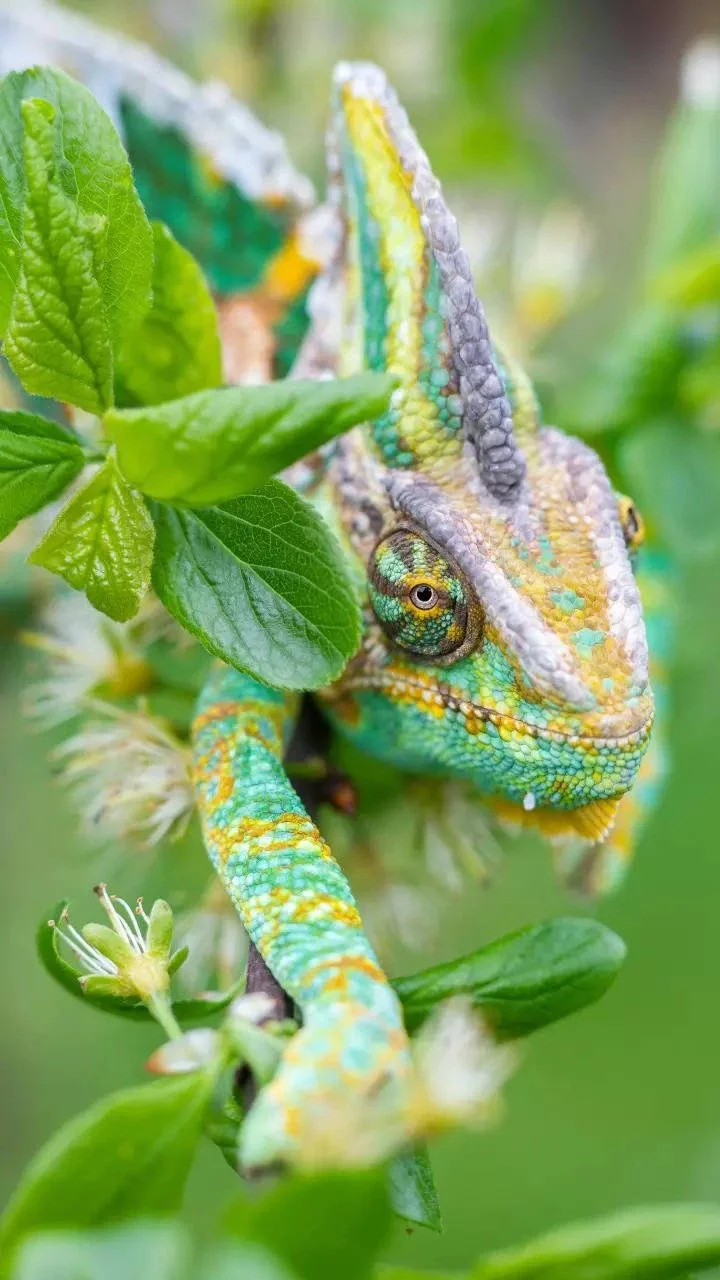

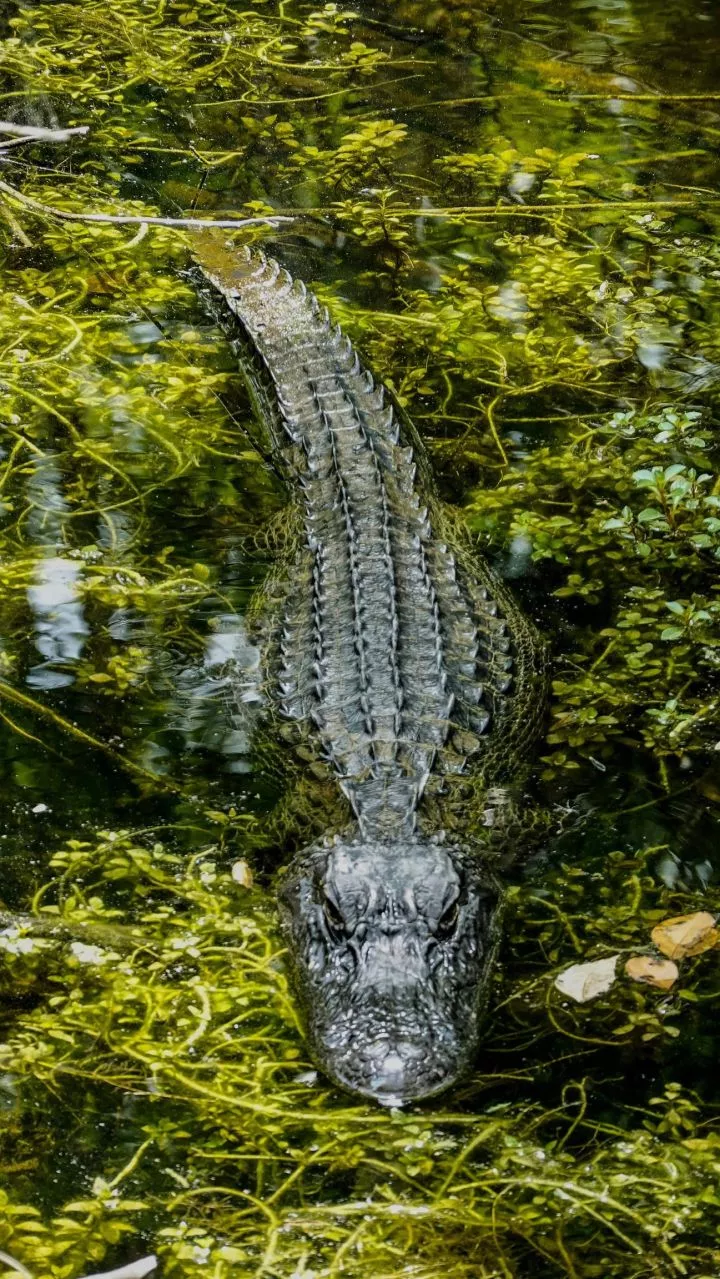
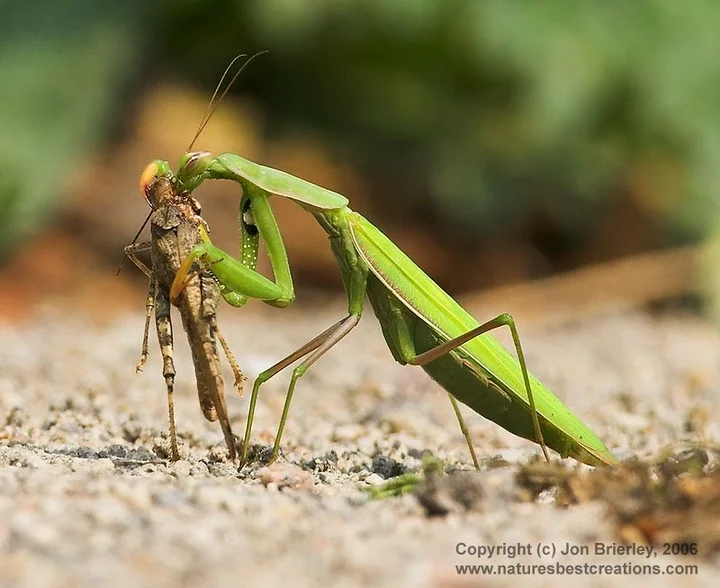
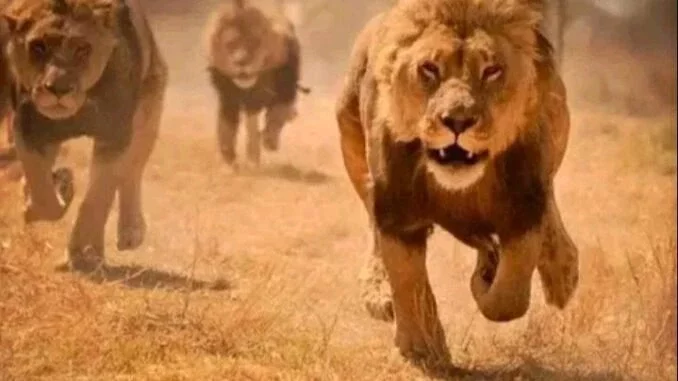








Comments